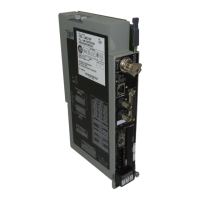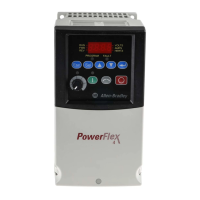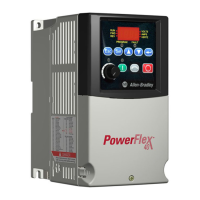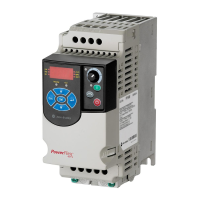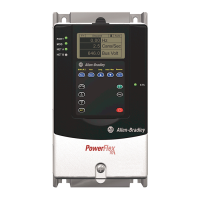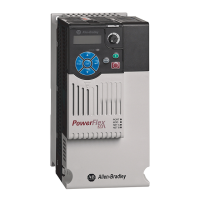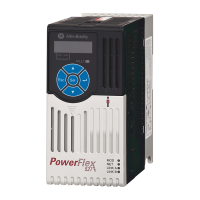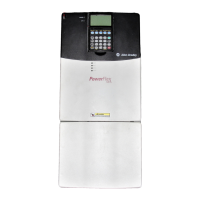Publication 1785-UM012D-EN-P - July 2005
Index 5
startup 14-2
testing 15-11
using 15-1
watchdog timer 15-5
when to use 13-11
faulted
program state
13-12
faults
blocktransfer, minor
6-15
clearing 15-7, 15-12
detecting major 15-2
extendedlocal I/O rack 15-3
major 15-1, 15-12
major and minor 15-11
minor 15-12
monitoring 15-12
processorresident local I/O rack 15-3
remote I/O chassis 15-3
remote I/O rack 15-4
status information 15-11
file instructions D-17
files 4-15
data storage 4-11
read/write privileges 12-5
floating point
valid value range
4-15
forcing
inputs and outputs
13-1
SFC transitions 13-2
front panel
PLC5/11,5/20
1-3
PLC5/20E 1-6
PLC5/30 1-4
PLC5/40, 5/60, and 5/80 1-5
PLC5/40E and 5/80E 1-7
PLC5/40L, 5/60L 1-8
G
gapping 4-12
gateways 11-11
General Ethernet Counters 11-19
generating web user provided pages
11-22
global inhibit bits
clearing
6-10, 8-11
global status bits 15-11, 15-13
racks 07 B-3
racks 1017 B-10
global status flags file C-5
grounding
extendedlocal I/O system
3-7
processorresident chassis 3-7
remote I/O system 3-7
groups
definition
4-1
guidelines
addressing
4-6, 4-7
cable routing 3-4
I/O point size (density) selection 2-2
I/O selection 2-1
PII programming considerations 18-4
placing extendedlocal I/O modules 8-4
placing I/O modules 2-3
proper environment 3-1
selecting interrupt routines 13-11
STI programming considerations 17-1
when to use interrupt routines 13-11
H
hardware
fault
15-2
housekeeping
effects of
C-4
HTML pages 11-22
I
I/O addressing 4-1
I/O modules
cable categories
3-4
placing 2-3
select point size (density) 2-2
selection guidelines 2-1
I/O scan
disabling
16-2
I/O status file
addressing
6-24
bit layout 6-24, 6-26
configuring 6-7
I/O update
configuring
16-4
ignoring empty slots C-6
image table
address
4-16
input and output 4-1
immediate I/O
programming with blocktransfers
6-21
timing 5-3
using with adjacent blocktransfer
modules
5-4
indexed
address
4-20
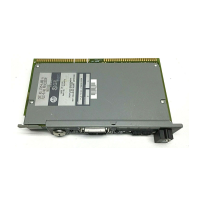
